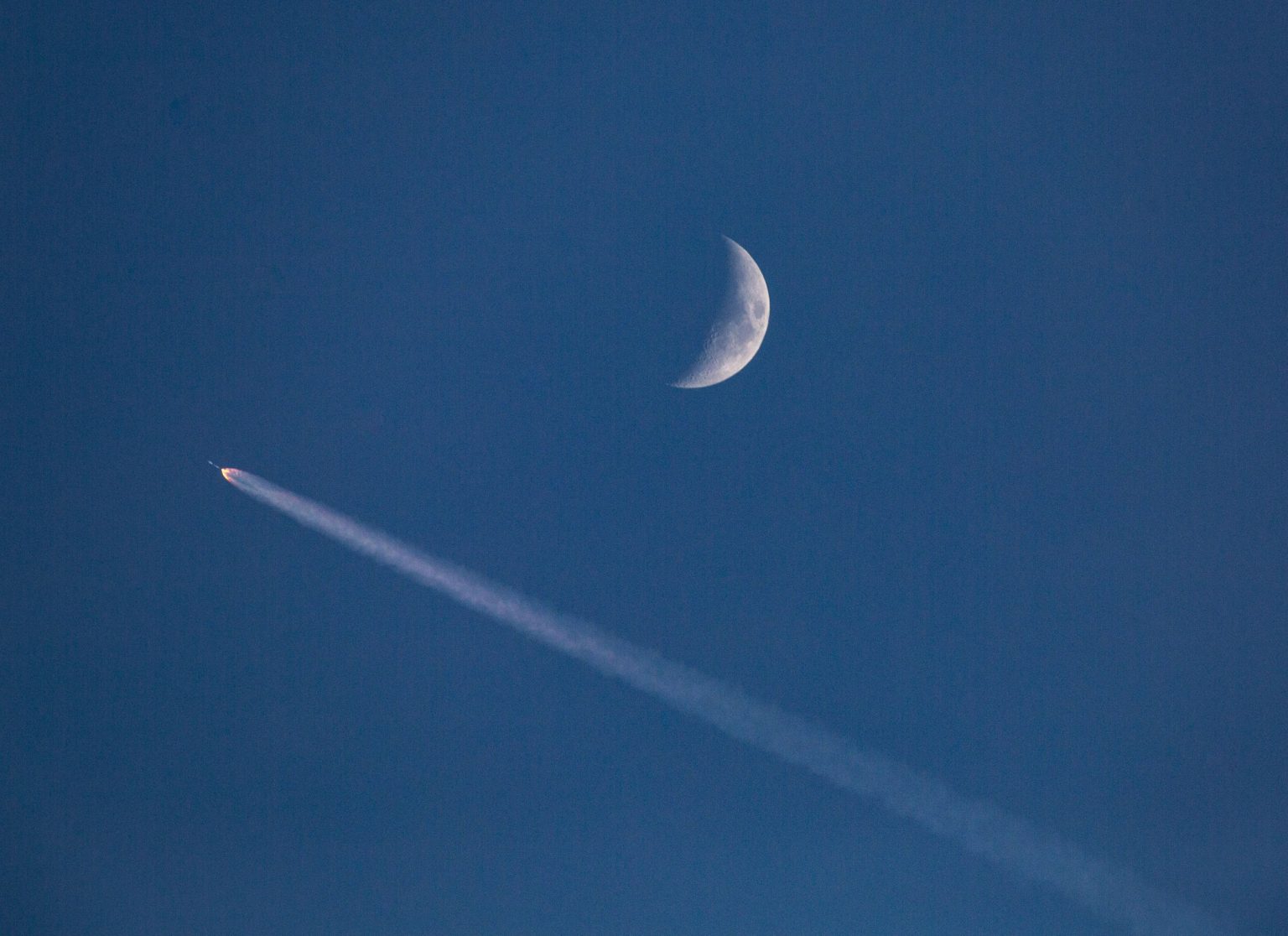SpaceX recently launched another 20 Starlink satellites, bringing the total number of these tiny satellites orbiting Earth to nearly 7,100. Thirteen of these satellites have direct-to-cell capability, allowing them to connect to phones without needing cell towers. Starlink satellites are designed to provide internet to remote locations around the world by orbiting at altitudes lower than traditional communication satellites, resulting in faster internet speeds. The satellites communicate with ground stations and each other using laser links for faster data transmission. SpaceX began launching Starlink satellites in 2019, and there may be as many as 42,000 of these satellites launched into orbit in the future.
The rapid growth of Starlink’s megaconstellation has more than doubled the total number of satellites orbiting Earth. The increasing number of satellites, primarily due to SpaceX launches, has raised concerns among experts. Astronomers have observed increased bright streaks across the night sky from satellites passing by, potentially interfering with astronomical observations. The International Astronomical Union has called for collaboration between satellite designers, deployers, and policy-makers to understand and mitigate the impacts of satellite constellations. There is also a concern about potential collisions between satellites, leading to debris accumulation and the triggering of the Kessler Syndrome, an exponential increase in space debris that could make certain orbits unusable for satellites and spacecraft.
The ballooning number of satellites in orbit has raised concerns about the impact on astronomy and the risk of collisions between satellites. Increased satellite activity could hinder astronomical observations and potentially lead to a cascading effect of collisions that create more space debris. The Kessler Syndrome, a theoretical scenario in which the density of objects in low Earth orbit becomes so high that collisions generate a chain reaction of more crashes, poses a significant threat to space activities. As space is being used more than ever before, the accumulation of debris in orbit presents a real cause for concern. Recent incidents, such as a hole found in the robotic arm of the International Space Station due to a debris strike, highlight the potential risks associated with space debris and collisions in orbit.
Despite the benefits of expanding the Starlink constellation for providing internet access to remote areas, concerns about the impact of satellite constellations on astronomy and the risk of collisions remain. As the number of satellites orbiting Earth continues to increase, it is crucial for stakeholders in the space industry to assess and address these concerns. Collaborative efforts between satellite designers, deployers, policy-makers, and the astronomical community are needed to understand the impacts of satellite constellations and mitigate potential risks. By working together to analyze and address these challenges, the space industry can navigate the complexities of orbital debris and ensure the sustainability and safety of activities in space.


